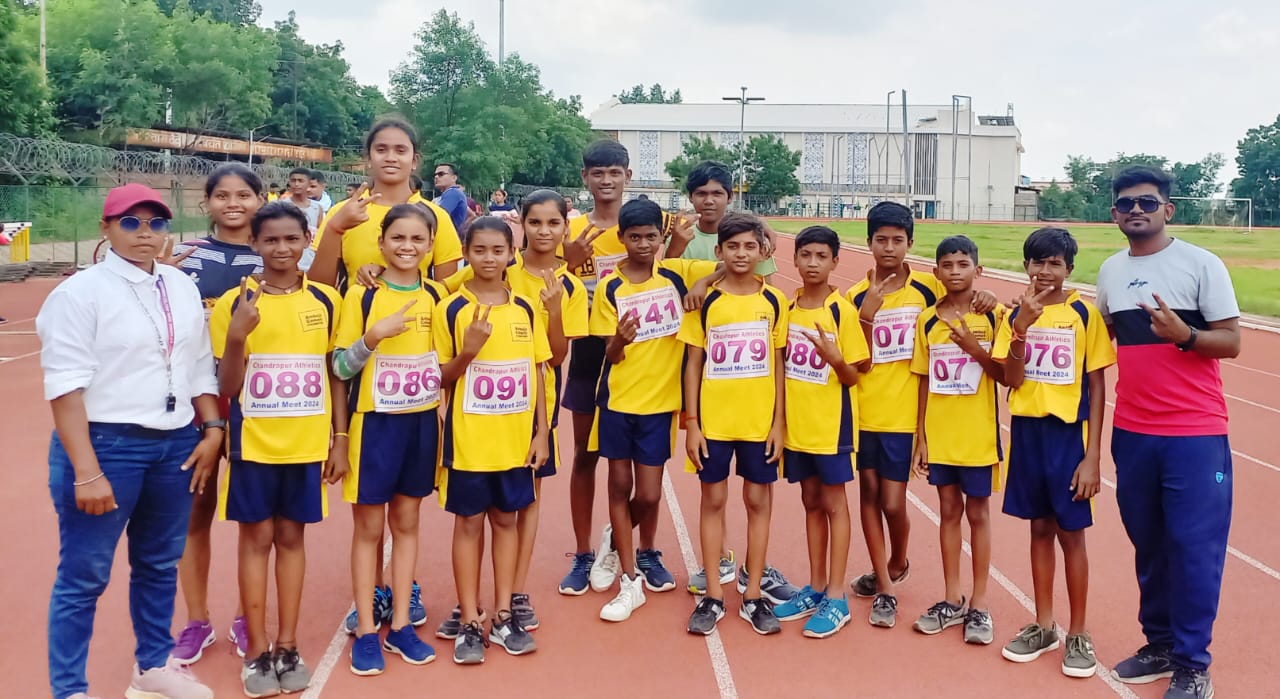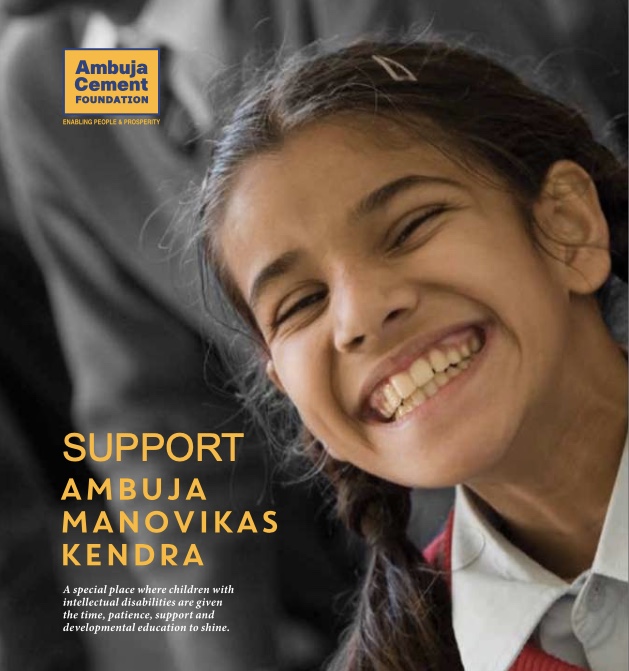The young yellow belts posed for photographs, eyes shining, certificates held up proudly. Fourteen of them – five girls and nine boys – had participated in the second international karate championships 2024, organised by the World Nakayama Shotokan Association, in Hyderabad. They were students of the ZP Upper Primary School of Upparwahi in Chandrapur, Maharashtra. They had just won one Gold, five Silvers, and seven Bronzes. After just 36 karate classes, which the children had attended most enthusiastically, their instructor had felt they were ready to show their prowess. No doubt, they were.
The story of these skilful martial artists begins sometime in 2018, when the Ambuja Foundation’s education team stepped in to help rural schools to run comprehensive physical literacy and sports programmes.

The importance of sports and physical learning in education is well established. Yet, when resources are limited, this is often entirely overlooked. Ambuja Foundation was keen to address this gap, believing that in the long run, children who are not active – who don’t even play enough, spending a lot of time on mobile phones and other digital devices – would grow up to be neither fit nor healthy. A ‘mobile’ generation, as it were. And so, a physical literacy programme was designed that would reach every child, not just a handful of meritorious athletes and players.
Physical
activity across levels, across hierarchy, across genders… inclusiveness was the
primary criterion.
The Programme Genesis
After a baseline survey, a pilot project started in 2018, at 10 schools in Darlaghat, Himachal Pradesh. Four core areas were focused on in the beginning: endurance, agility, strength and speed. Once these skills had been strengthened, sports would be introduced. Those with potential would be encouraged to participate in tournaments at the block, district, and even state levels.
Less than two years into the programme, Covid struck. By then though, the students were really enjoying their classes, and parents had begun to see that a good education needs more than book learning. They didn’t want their children to miss this opportunity. So, right through that difficult time, the programme was run virtually. Schools were divided into groups and the activities communicated to parents and students on Whatsapp threads.
Expanding the
Programme
After the pandemic, 14 more schools joined the sports
programme in Darlaghat and 15 in another rural heartland – Chandrapur,
Maharashtra. The lives of many students in these less privileged areas have
changed thanks to this much needed inclusion in their daily curriculum. There
is joyful participation. Children also learn about the significance of physical
literacy and its crucial place in a healthy life. Girls, who were initially
hesitant, have joined in large numbers.
In 2023, The ELMS
Sports Foundation, with which Ambuja Foundation collaborates, carried out a
series of assessments and found that endurance, agility, and core strength had
shown an increasing trend from baseline to endline across core competencies by
73-74% among the students.
In these tribal lands, talent and potential abound. Sadly,
it often goes unnoticed. Ambuja Foundation works with government departments
and sports organisations to help promising athletes get the opportunities they
deserve and achieve their best. 13 year old Anoushka, from seventh grade of
Nadgaon school, dreams of becoming a runner. She was selected by the Khelo
India programme and after training with the district coach is an 800m sprinter
today. She hopes to go up a rung and compete at the state level.
The Challenges
There are challenges, of course. Although the
National Education Policy 2020 recognises sports as an integral part of
education, there is a dearth of teachers and instructors, especially in rural
communities. Often subject teachers double up as PE educators or a single
teacher is expected to take care of several classes. There’s great pressure on
the existing staff. To resolve this, a network of volunteer educators has been
developed for this intervention.
The Results
The sports programme has brought a new energy, impacting
the quality of education and life. After school centres have opened in four
locations. They offer training in specific sports like, khokho and volleyball,
among others. Several children are enrolled at the moment; they are coached
by trainers, honing their technique further.
Even better,
the sports programme has seen attendance levels at schools skyrocket. For example in Bathinda Punjab, the
Bulladewala Primary School once had attendance rates limited to 3, maybe 4,
days of the week. But after sports was
rolled out at the school, attendance levels skyrocketed with almost 100%
attendance across all 6 days of the week.
And, of course learning levels inched up also. Children were more disciplined, understood teamwork and underwent a complete change in attitude. Their endurance and stamina grew, as did their agility and strength. Optimism was rife as the entire culture of the school transformed.

Conclusion
The karate
initiative began in Ambujanagar in Kodinar, Gujarat and was later implemented
in Chandrapur, as part of self-defense training. That’s how the young martial
artists reached the tournament in Hyderabad. Their parents paid 50% of
the cost of participation. Once, not
many would have agreed to contribute for sports, but there’s been a change in
outlook. A sports environment is growing across many districts, championing a
more holistic development of every child.
The yellow belts are ready to go for orange.



.jpg)
.png)


0 Comment